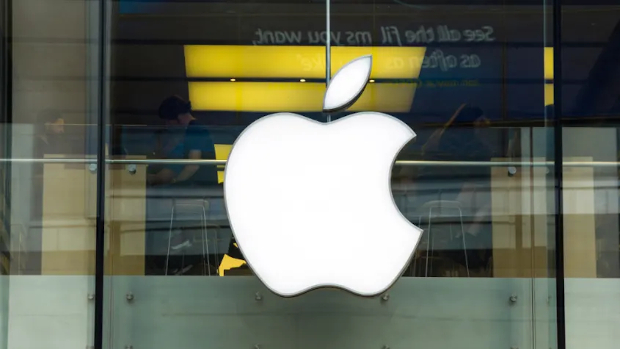
Cupertino’s Digital Markets Act tantrum is merely an excuse to cancel some neglected software
Let’s be honest: news that Apple has dropped support for ‘Web apps’ in the European Union is unlikely to keep many developers – or users – awake at night, but it is an opportunity to consider the road not travelled.
Following the release of iOS 17.4, users in Europe can no longer install so-called Progressive Web Apps (PWAs) on their home screen. The move comes as a response to the Digital Markets Act (DMA), which the EU hopes will level the playing field currently slanted in favour of a few massive tech giants.
Apple has made the move because home screen Web apps run on the WebKit engine that is at the heart of its Safari browser.
“To reflect the DMA’s changes, developers will be able to use alternative browser engines – other than WebKit – for dedicated browser apps and apps providing in-app browsing experiences in the EU,” Apple said in a note to developers.
The problem for Apple is that the DMA requires it to allow alternative browser engines to be used on its devices. This, it says, would make Web apps a potential security problem: “Addressing the complex security and privacy concerns associated with Web apps using alternative browser engines would require building an entirely new integration architecture that does not currently exist in iOS and was not practical to undertake given the other demands of the DMA and the very low user adoption of Home Screen Web apps,” Apple said, claiming that it “had” to remove support to comply with the Act.
What is interesting is that back in the antediluvian era of the iPhone, Web apps were almost all that there was.
It seems unbelievable now, given that Apple used its app store to become the world’s most valuable company (now the second most valuable), but when the iPhone debuted in 2007 it did not support third party applications. Steve Jobs, Apple’s boss at the time, wanted his new device to be the ultimate walled garden, protecting users from viruses and malware – and protecting Apple from competition (something he had been trying to do in one way or another since 1983’s Apple Lisa computer locked installed applications to a single machine).
Instead, users were directed to use Web-based apps in Safari. Speaking at the Apple Worldwide Developers Conference in 2007, Steve Jobs said the phone would “run applications created with Web 2.0 Internet standards”.
That all changed with the release of iPhoneOS 2 in July 2008, as part of which an app store for native applications, developed in Objective C, debuted. The rest is history.
App stores take over
So how important are Web apps? Frankly, not very, as the launch of an official application distribution channel by Apple saw developers flock to it, despite the company demanding a 30% cut of sales revenue. However, Web apps are still developed, and some were, at one time at least, noteworthy. For example, although it later relented and joined the App Store, I remember well the Financial Times refusing to give Apple a cut of revenue and developing its own Web app.
Sadly, the revolt was not widespread, as developers reckoned the store’s ability to shove apps in users’ faces was just too good to ignore. While modern Web apps do exist, developers know that most users stick to defaults, and so slinging their wares into Apple’s app store is just less risky. Today app stores have become commonplace, and no wonder: they were recently described as “cash machines” by none other than the FT’s John Gapper. More than that, though, app stores are a step backward from users’ control of the devices they own and software they run.
Truthfully, I don’t know if Web apps were ever really the answer, but Big Tech’s penchant for locking down its platforms really is something that should be resisted. The openness of personal computers, even the Macintosh, and the Internet more broadly, stem from their haphazard and almost accidental development (your computer is not descended from an IBM System/360 so much as a pocket calculator or ham radio).
The analogy is not perfect, but if you want an idea of the kind of control tech companies are, belatedly, trying to maintain, simply imagine a world in which telcos developed e-mail and ask yourself how much each one would cost to send. Then ask yourself if telecom executives are kicking themselves about how their loss of control transformed them into simple carriers of raw data, and what they would do if they could turn back the clock.




Subscribers 0
Fans 0
Followers 0
Followers